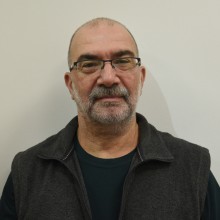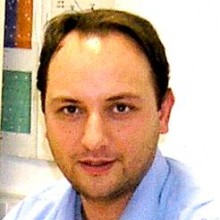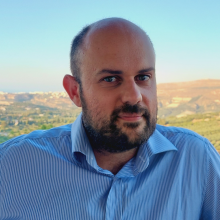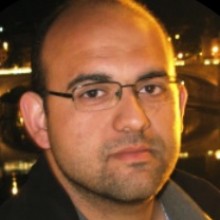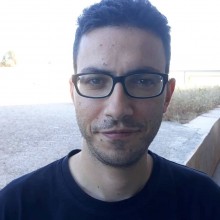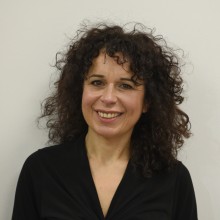Radio Frequency Front-End (RFFE) Integrated Circuits (ICs) are of great importance for modern communication systems, finding application in a variety of fields such as SATCOM, 5G, Automotive, Radar and Internet of Things (IoT). In recent years the increased maturity of semiconductor technologies is allowing for several new applications in communication systems. An example is the recent deployment of several IC powered Phased Array Antenna (PAA) systems in beam forming applications no more restricted to RADAR uses only. PAAs combine signals from different sources by coherent sum, minimizing noise (non-coherent sum) and allowing for improved Signal-to-Noise Ratio (SNR). The term "beam forming" in PAAs comes from the idea that this summing effect acts much like having a single directional antenna with high gain pointed at the source. The directionality of an antenna is called a "beam". Since the directionality of the antenna is implemented by non-directional antennas, a beam is formed. PAA IC systems that implement beamforming operate in two main categories: Analog BeamForming (ABF) and Digital BeamForming (DBF), depending on the domain where the phase control of the processed signals takes place.
This project describes an innovative modular monolithic technological integration of GaN, Si, MEMS, Antenna and packaging technology for PAA IC systems, suitable for both ABF and DBF PAA systems and with a vast range of possible applications.
Principal Investigator
Technical Staff
Research Associates
Funding

To: 08/06/2022 14:00
Atomtronics is an emerging field that aims to manipulate ultracold atom moving in matter wave circuits for both fundamental studies in quantum science and technological applications. In this colloquium, I will provide an introduction to matter-wave circuitry and atomtronics-based quantum technology. After a short introduction to the basic physical principles and the logic of the key experimental techniques needed to realize atomtronic systems, I describe the physics of matter-waves in simple circuits such as ring traps and two-terminal systems. The main experimental observations and outstanding questions are sketched. I also present possible applications to a broad range of quantum technologies, from quantum sensing with atom interferometry to future quantum simulation and quantum computation architectures.Atomtronics is an emerging field that aims to manipulate ultracold atom moving in matter wave circuits for both fundamental studies in quantum science and technological applications. In this colloquium, I will provide an introduction to matter-wave circuitry and atomtronics-based quantum technology. After a short introduction to the basic physical principles and the logic of the key experimental techniques needed to realize atomtronic systems, I describe the physics of matter-waves in simple circuits such as ring traps and two-terminal systems. The main experimental observations and outstanding questions are sketched. I also present possible applications to a broad range of quantum technologies, from quantum sensing with atom interferometry to future quantum simulation and quantum computation architectures.


